
Hey y’all! Thanks so much for stopping by. My name is Laura and I am an Elementary School Counselor turned Curriculum Writer. At my precious school in Nashville, TN, 97% of my students were living in …
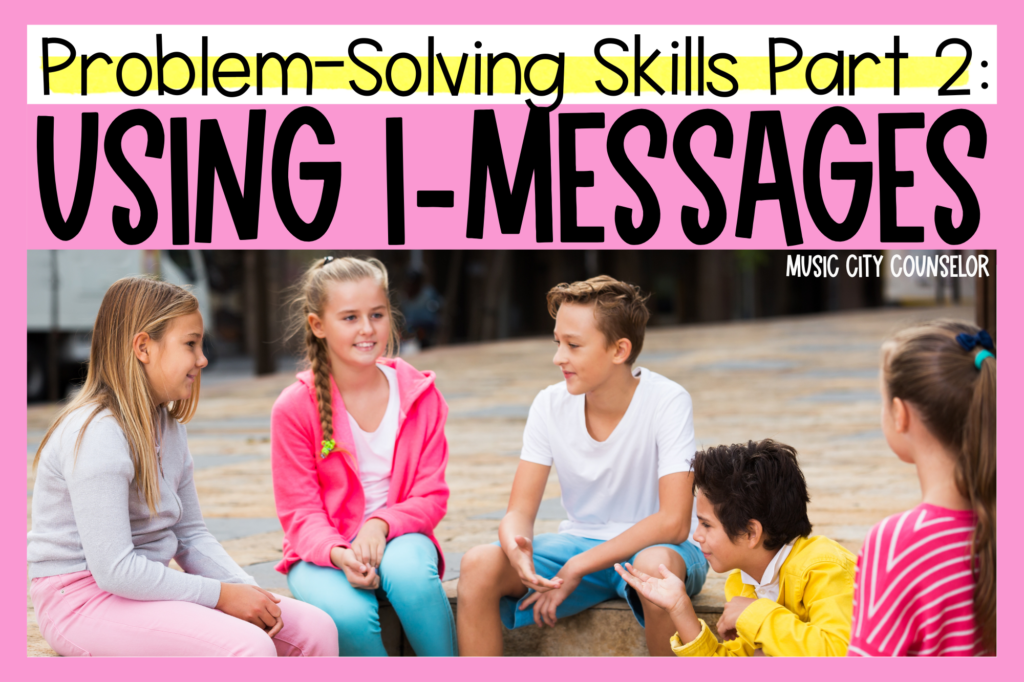
Welcome to part 2 of the peaceful problem-solving series for elementary school counselors! We will dive into all things I-Messages. Go ahead and read Part 1: The Size of the Problem if you haven’t already.
Teaching students effective communication skills when faced with problems is one of our most important roles as school counselors. I-Messages are a great place to start, and a critical skill that students can use for a lifetime!
Once students understand the difference between small problems and big problems, they are ready to learn HOW to solve small problems themselves.
Mastering how to use I-Messages can help students succeed in school, with their friendships, into the world of work, and beyond!
(Amazon Affiliate Links)
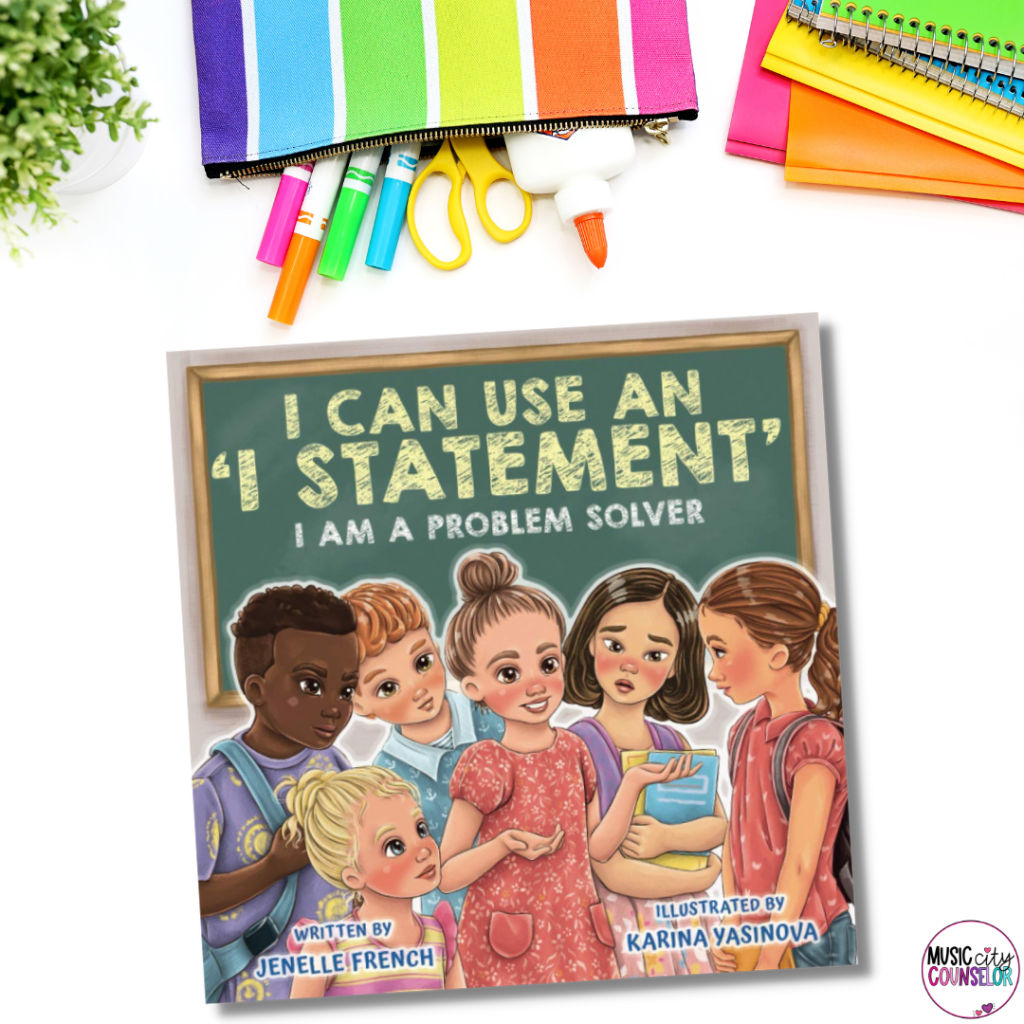
To introduce the concept of I-Messages, I LOVE using this story called “I Can Use an I-Statement” by Jenelle French. This story is simple, to the point, and straightforward. It very simply teaches the three-step process for using an I-Message. Beyond that, it offers several examples of real-life small problems that can be solved using I-Messages.
The simple three-step structure to using an I-Message described in this story (and that I use with my students) is:
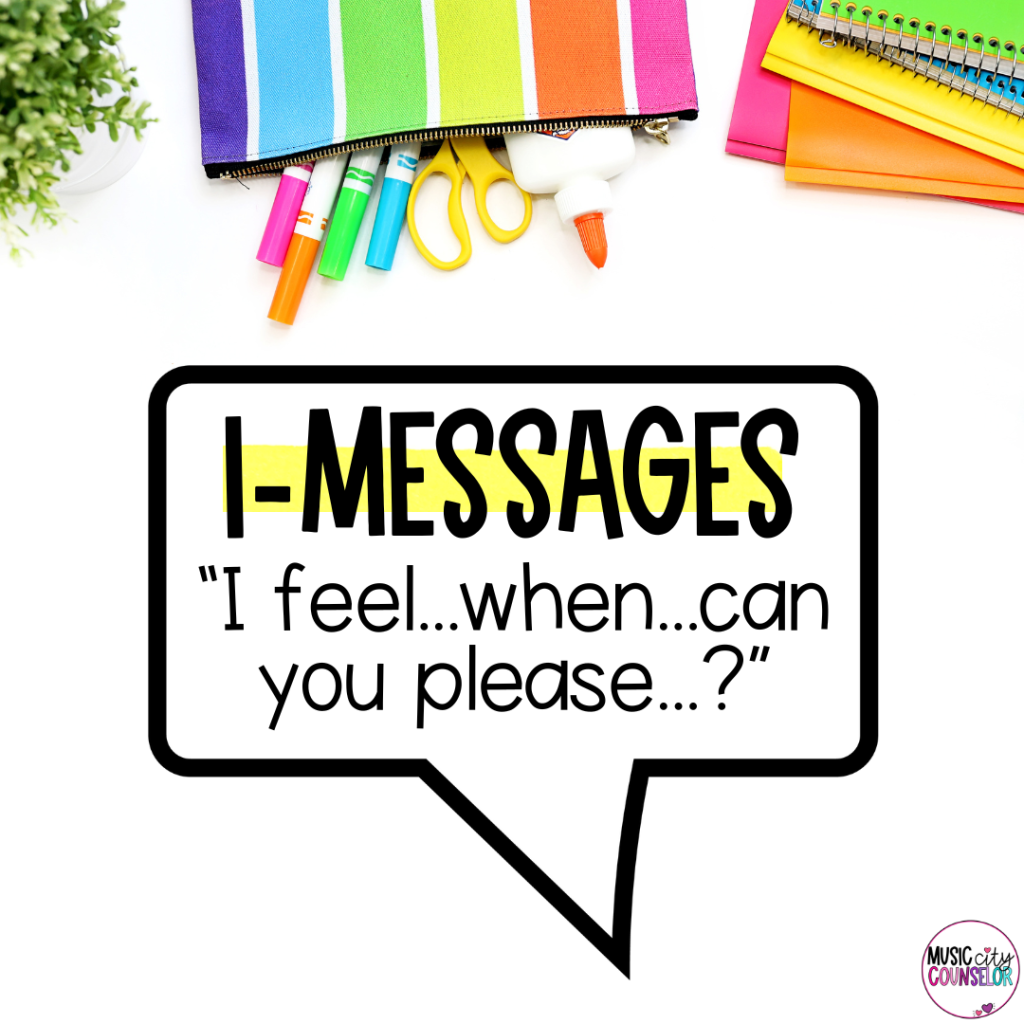
This process allows students to express their feelings, needs, and wishes in a non-accusatory, peaceful manner.
Interactive resources are always a great option to use with students to reinforce their learning!
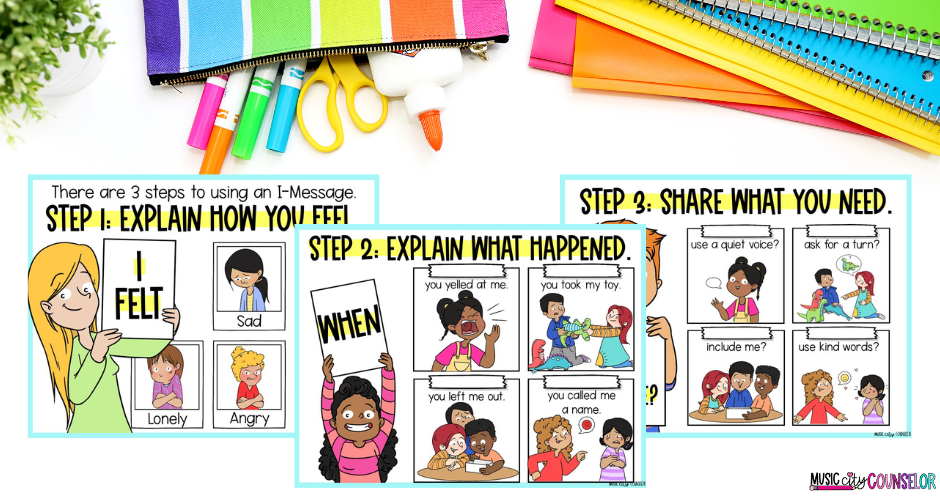
After reading Jenelle French’s story, or as a standalone lesson, I recommend using this I-Messages digital presentation. It walks students through the 3-step process and offers several opportunities for them to practice their new skills while applying them to real-life scenarios!
Students can also practice using I-Messages with this lap book. It is a great visual, hands-on representation of the 3-step process. It let’s students identify their feelings, explain what happened, and choose a solution to solve their problem.
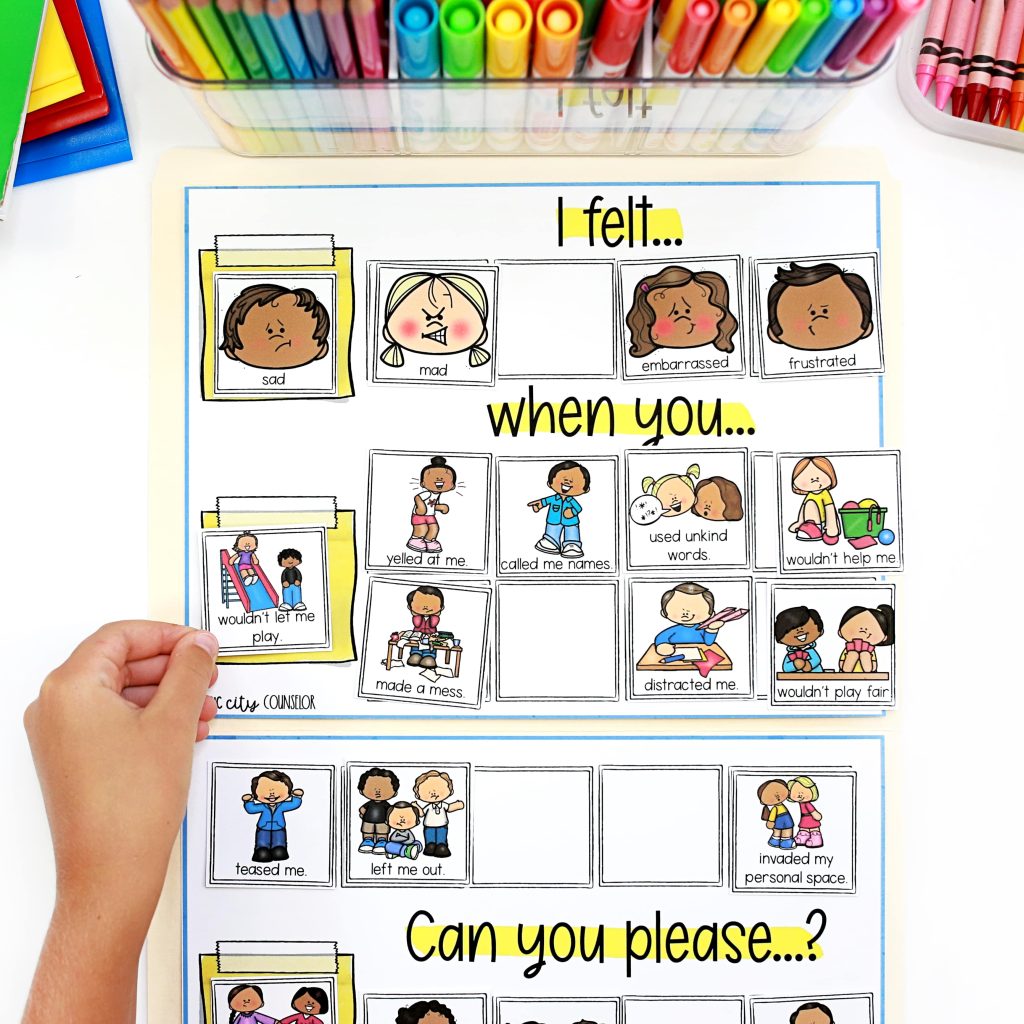
Because it is created and stored in a file folder, you can easily grab it at a moment’s notice to support students. It’s also perfect to keep in your Calm Corner for students to grab to guide conflict resolution discussions with peers.
Another favorite resource for teaching I-Messages are these FUN and memorable train and pizza-themed lessons!
They start by teaching students the 3-step process for using an I-Message.
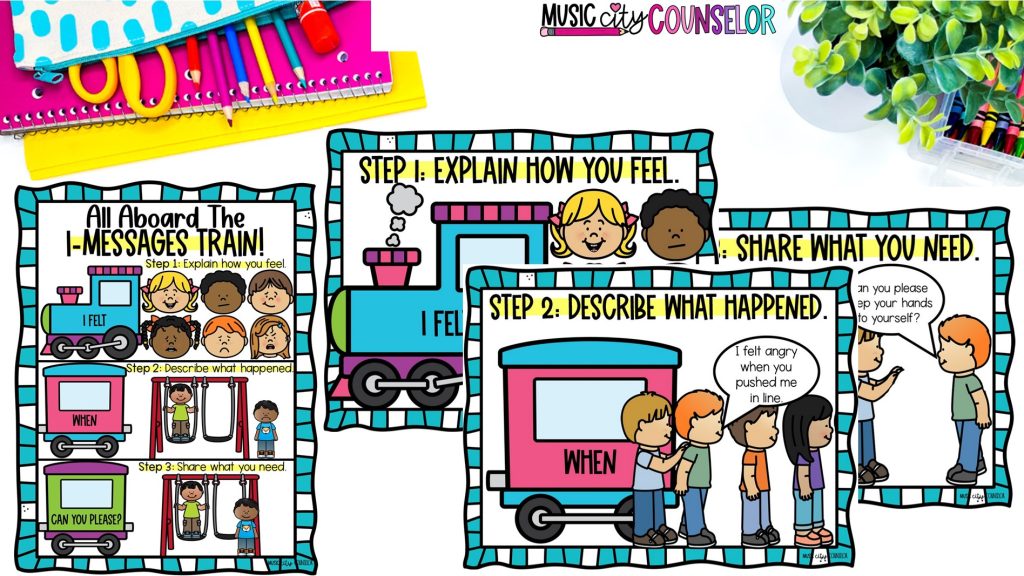
Then, they offer interactive practice that let’s students form an I-Message using picture-based scenario cards. Students choose a feeling card, a “when” card, and a “can you please” card to form their I-Message, and place them on the train (or pizza!).
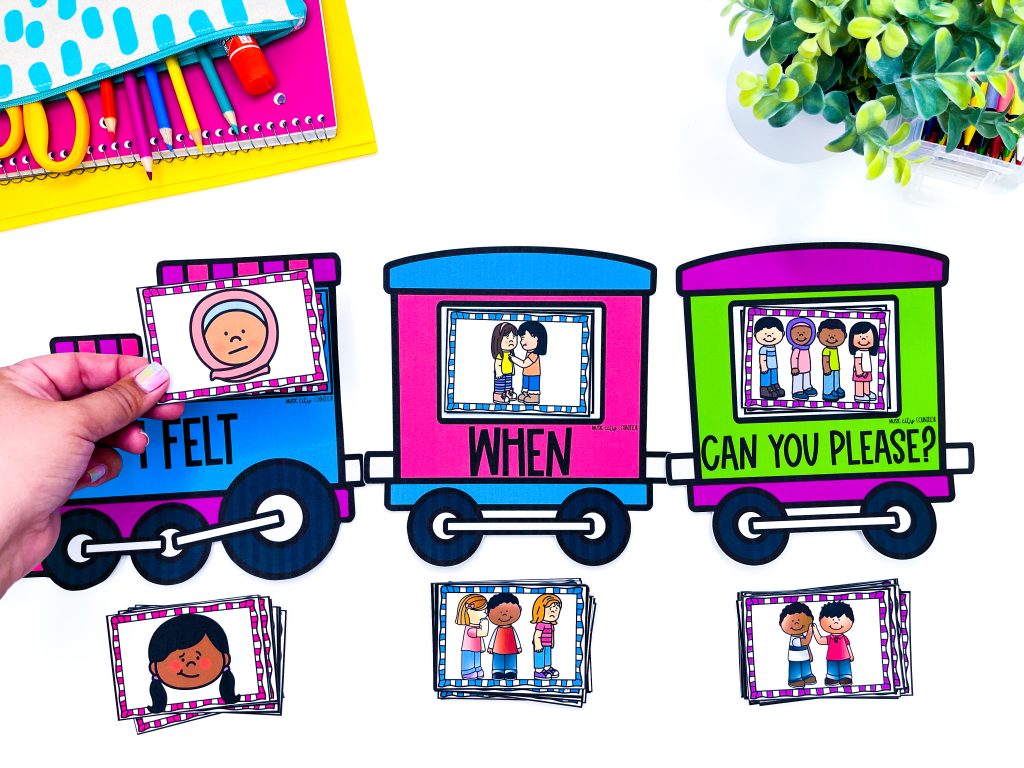
Plenty of written practice is included, too!
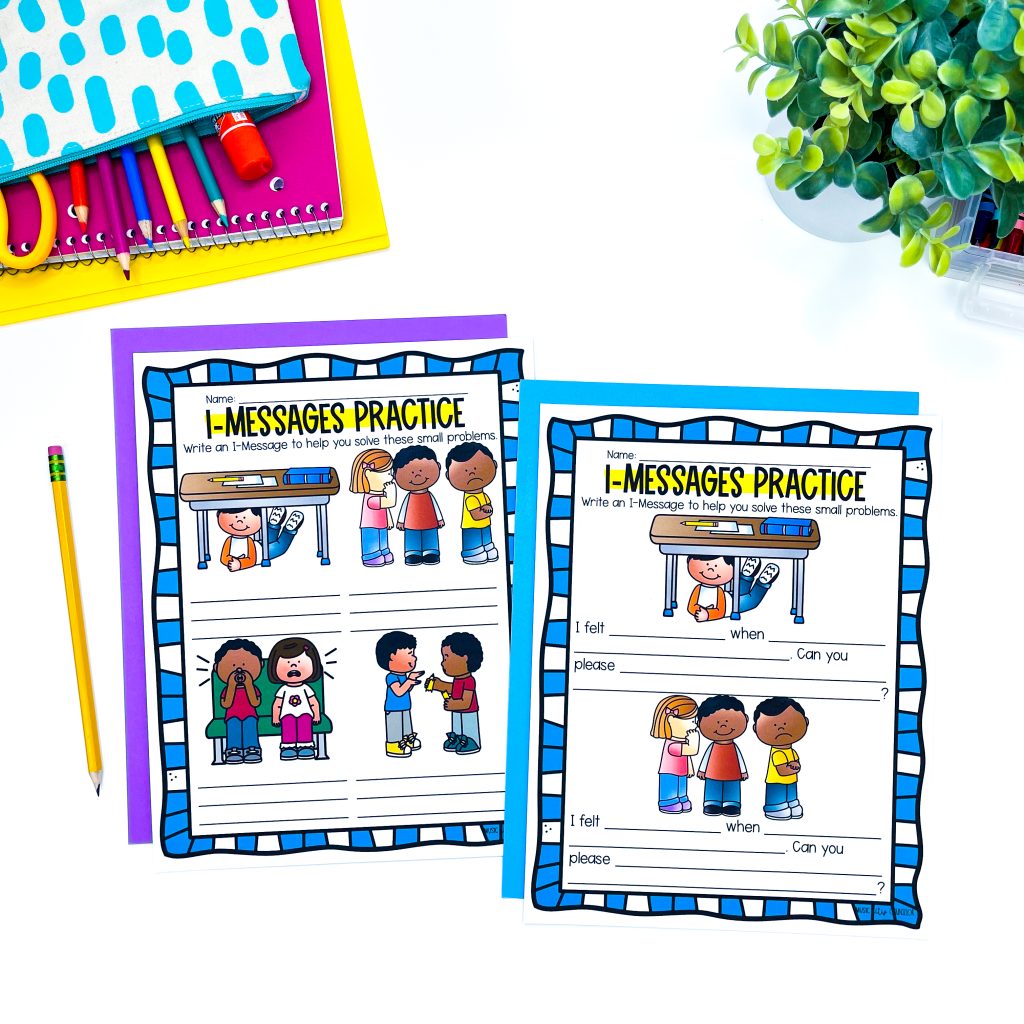
Storybooks are another great tool to teach students about I-Messages and peaceful problem-solving skills. Read on to learn more about a few of my favorites, and be sure to check out Part 3 of my problem-solving series for more book reviews!
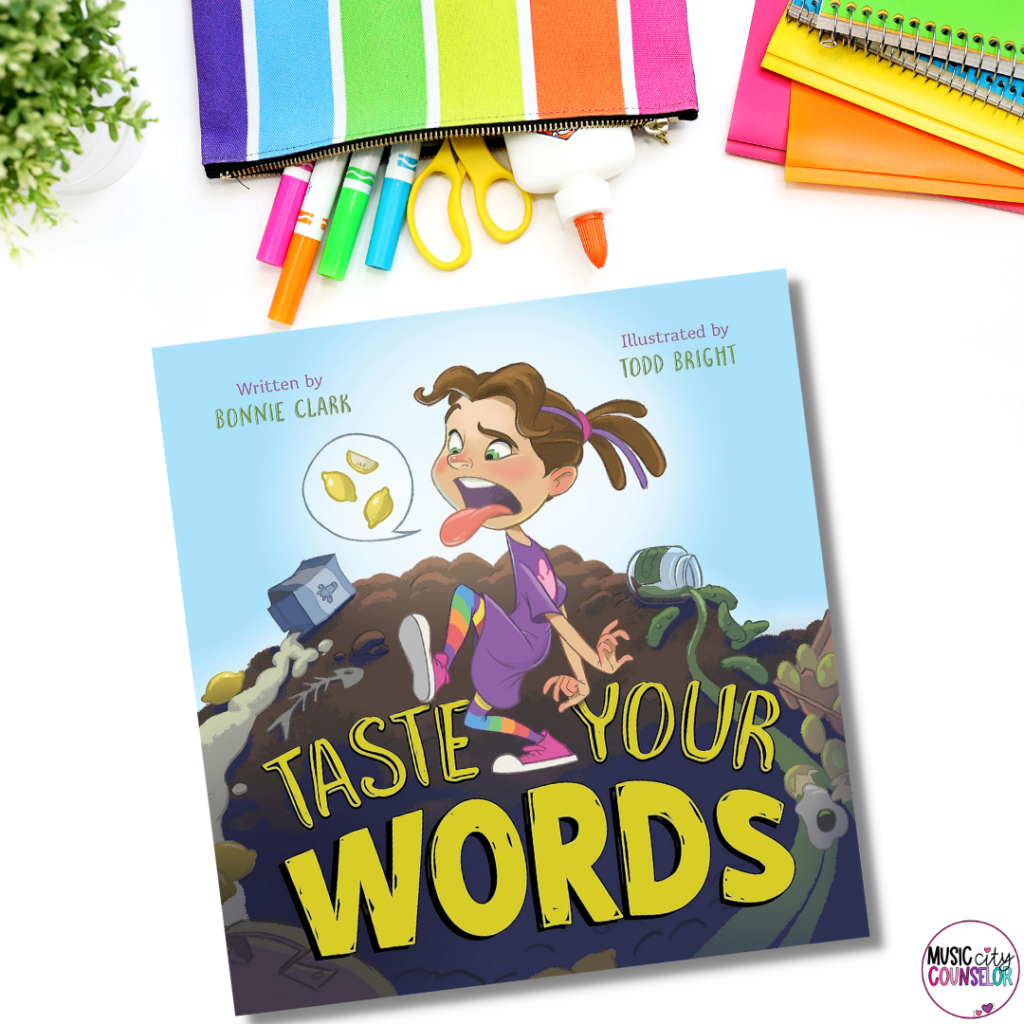
This book is about a little girl named Amera who is having a bad day. Amera and her friends get into a disagreement and say mean things to each other. She carries her bad mood with her for the rest of the day. Amera’s mom then teaches her to “taste her words”. Amera realizes that her words taste YUCKY – like rotten eggs and spoiled milk! This book teaches children about the impact their words have and encourages them to choose to communicate positively.
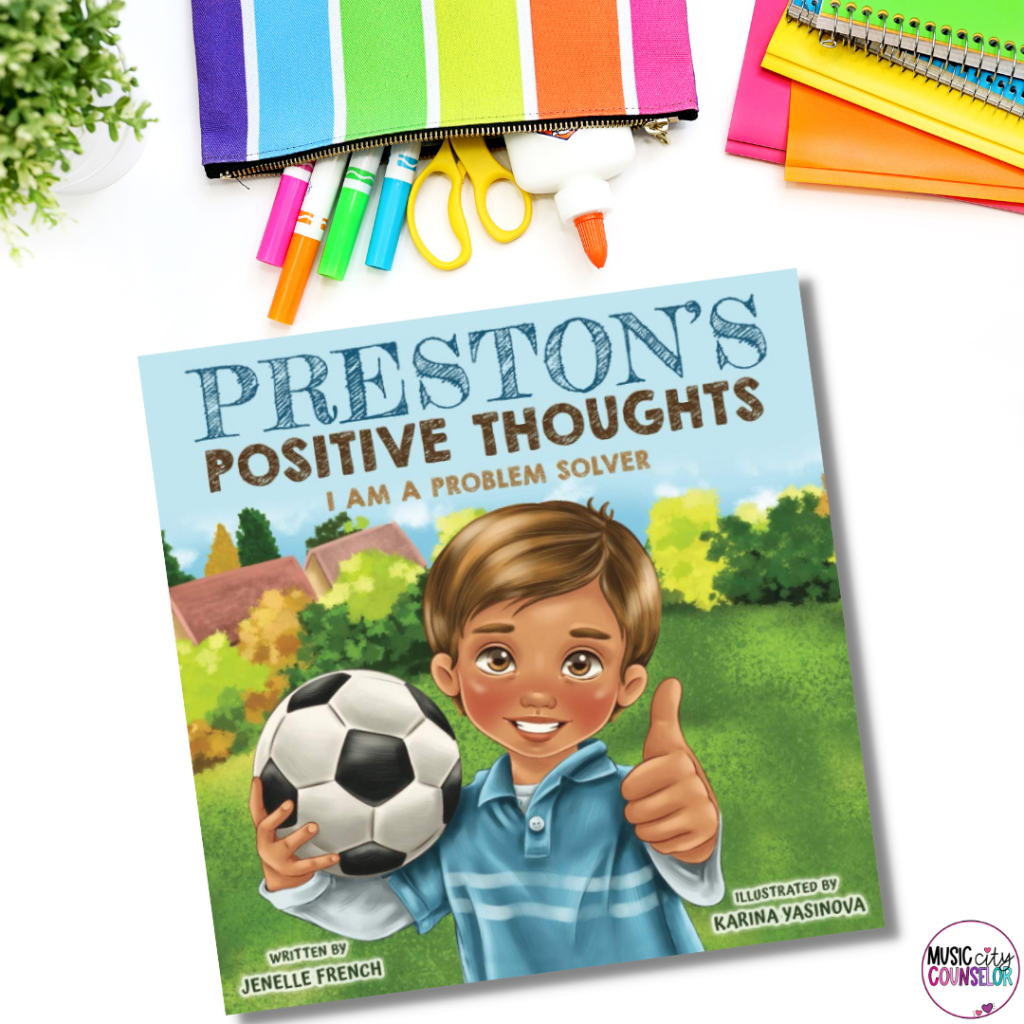
This book is another one in Jenelle French’s fantastic “I Am a Problem Solver” series. In this story, Preston is having a really bad day! He can only seem to think about negative things and the things he cannot do well. Preston finds that his negative thoughts lead to negative actions. He begins to wonder what would happen if he thought positive thoughts instead. Positive words are a great tool for problem-solving!
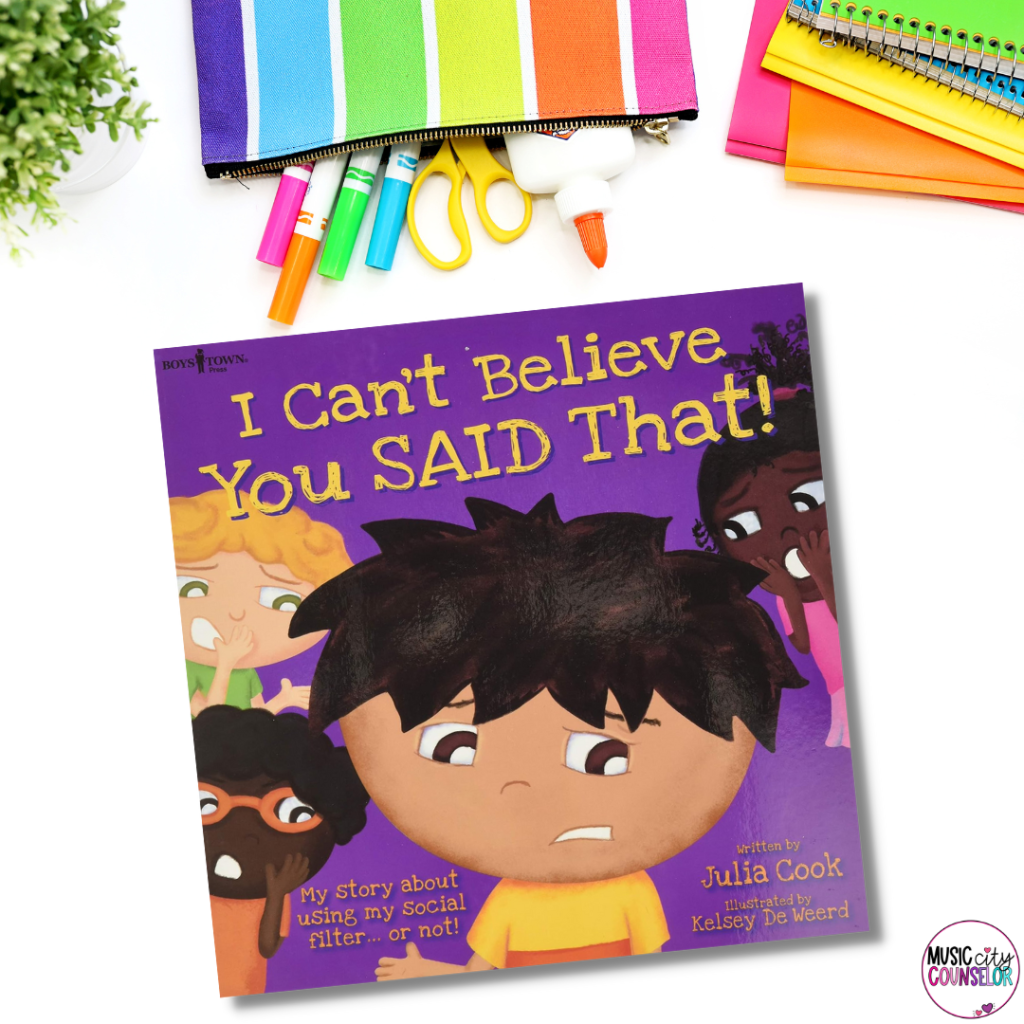
RJ is a little boy who always says exactly what is on his mind. He doesn’t consider how it sounds or makes others feel. He believes he is telling the truth and giving nice feedback; he doesn’t realize that his words hurt. This is a great book to teach elementary students to filter their thoughts before they speak. In Julia Cook’s series “BEST ME I Can Be”, children learn that using social skills, like problem-solving, can make their lives happier and more successful.
Teaching I-Messages to elementary school children is a valuable skill that can help them navigate conflicts that arise at school and in life. Use storybooks and done-for-you resources to reinforce learning and keep the learning process engaging along the way. Your dedication and commitment to your students will help them learn peaceful problem-solving skills and make all the difference!

| Cookie | Duration | Description |
|---|---|---|
| cookielawinfo-checkbox-analytics | 11 months | This cookie is set by GDPR Cookie Consent plugin. The cookie is used to store the user consent for the cookies in the category "Analytics". |
| cookielawinfo-checkbox-functional | 11 months | The cookie is set by GDPR cookie consent to record the user consent for the cookies in the category "Functional". |
| cookielawinfo-checkbox-necessary | 11 months | This cookie is set by GDPR Cookie Consent plugin. The cookies is used to store the user consent for the cookies in the category "Necessary". |
| cookielawinfo-checkbox-others | 11 months | This cookie is set by GDPR Cookie Consent plugin. The cookie is used to store the user consent for the cookies in the category "Other. |
| cookielawinfo-checkbox-performance | 11 months | This cookie is set by GDPR Cookie Consent plugin. The cookie is used to store the user consent for the cookies in the category "Performance". |
| viewed_cookie_policy | 11 months | The cookie is set by the GDPR Cookie Consent plugin and is used to store whether or not user has consented to the use of cookies. It does not store any personal data. |